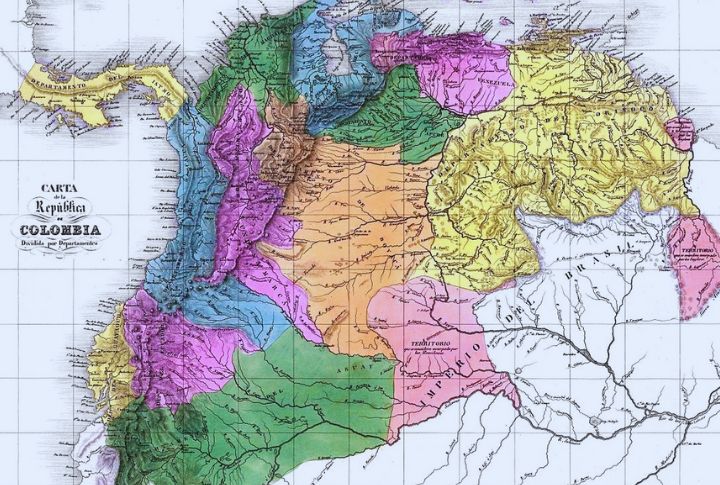
Entire countries once ran courts and raised armies. Now? They don’t even get their own flag. Some were erased by colonizers. Others unraveled under their own weight. But each left behind a trail of culture, conflict, and influence still felt in modern borders, languages, and unresolved arguments.
Austria-Hungary
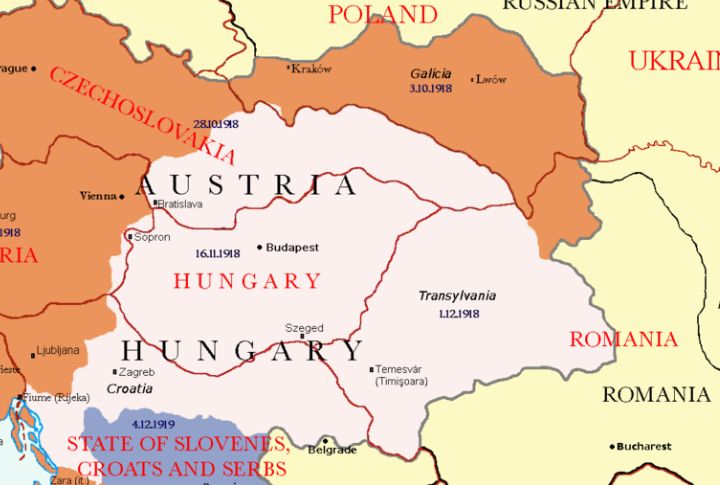
For decades, this empire held together Slavs, Magyars, Germans, and more through bureaucracy and marriage. Its patchwork began collapsing after Archduke Franz Ferdinand was shot in Sarajevo. By 1918, the empire had fully splintered, giving rise to several nations and reshaping Central Europe with lasting fault lines that are visible even today.
Czechoslovakia
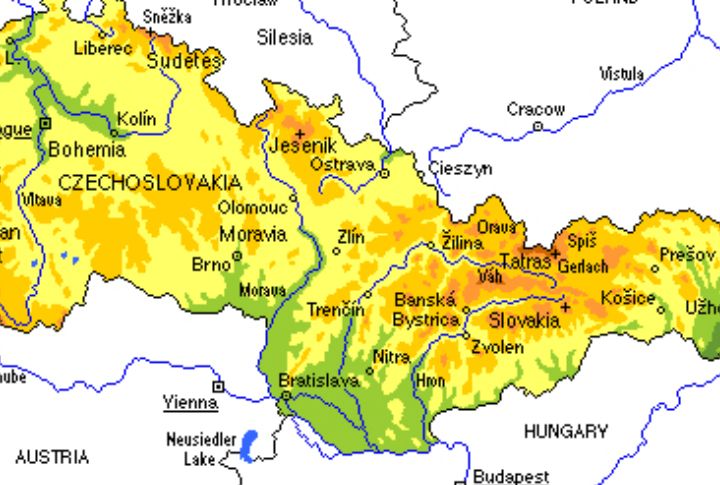
Born after Austria-Hungary’s fall, this country made it through war, Nazi invasion, and Soviet domination. Then it did something rare—split peacefully. In 1993, the Velvet Divorce created Slovakia and the Czech Republic, not with gunfire or fanfare, but with careful talks and mutual exhaustion.
Gran Colombia
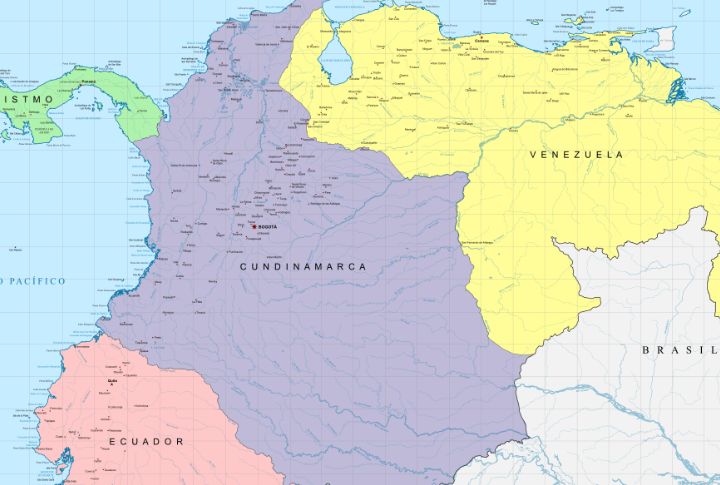
Bolivar’s short-lived superstate united Colombia, Venezuela, and Ecuador under one flag in the early 1800s. It didn’t last when logistics, rivalries, and geography tore it apart. Still, the idea never fully died. Each country remembers Gran Colombia not just as history, but as a first, flawed blueprint for unity in Latin America.
East And West Germany
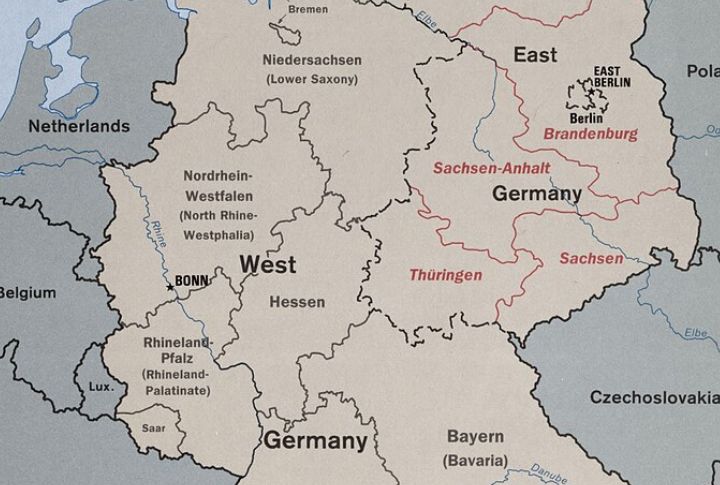
The Berlin Wall divided more than a city. It split families and an entire country. For 41 years, two Germanies lived side by side, one capitalist, one communist. When the wall fell in 1989, it wasn’t just East Germany that dissolved—it was the end of the postwar European map.
Yugoslavia
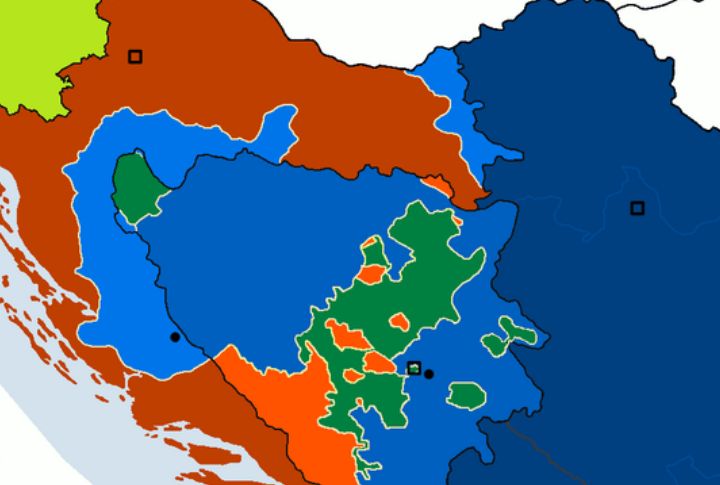
An idea stitched together from shattered empires, Yugoslavia housed Serbs, Croats, Slovenes, Bosniaks, and more in a delicate balance. Tito kept it together, but after his death, nationalism surged. The 1990s brought brutal wars and ethnic cleansing. What’s left today are independent states still shaped by that unraveling.
The USSR
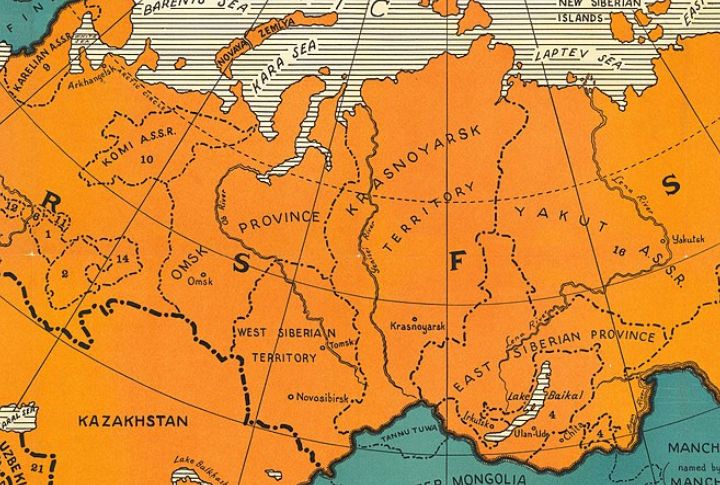
Fifteen republics. Eleven time zones. A global power built on revolution and rigid control. When the Soviet Union fell in 1991, it was a geopolitical superstructure disintegrating. Former republics like Ukraine and Georgia emerged blinking into independence, and they still carry the muscle memory of Soviet rule.
The Confederate States Of America
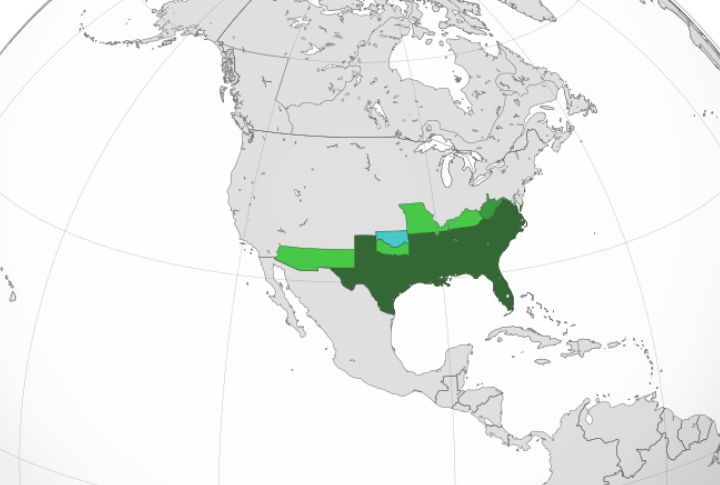
In 1861, 11 Southern states formed a breakaway government, complete with its own constitution and military. It lasted four years before being defeated in the Civil War. The Confederacy disappeared from the map, but not from memory. Even today, its symbols stir heated debate over identity and power.
Republic Of Texas

Texas once flew its own flag for nearly a decade. Between 1836 and 1845, it existed as an independent republic after splitting from Mexico. It had a president, a navy, and debts it couldn’t quite shake. Eventually, it joined the U.S., but to many Texans, that national pride hasn’t gone away.
East And West Pakistan
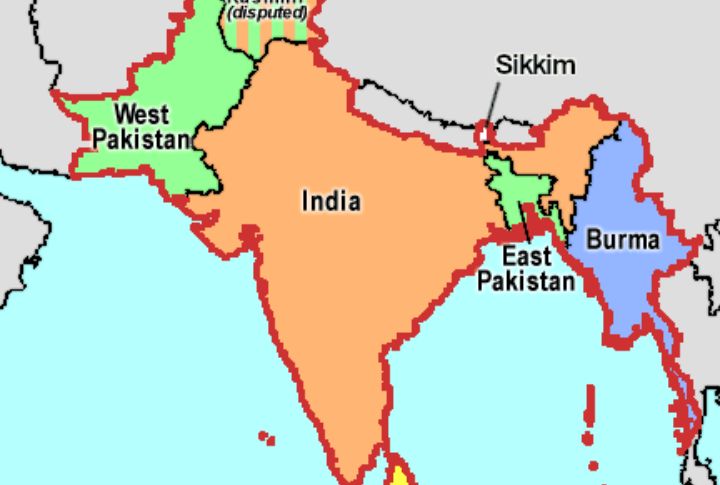
Created as one country in 1947, Pakistan had an East and West, separated by a thousand miles of India and deep cultural divides. After the 1952 Language Movement, tensions rose, further fueling the explosion of war the year following the 1970 elections. East Pakistan became Bangladesh, while the western half remained Pakistan.
Korean Empire
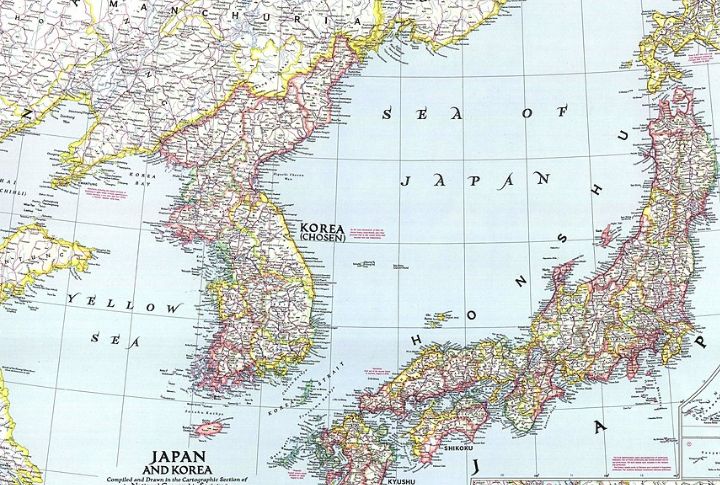
Declared an empire in 1897, Korea tried to modernize fast enough to keep foreign powers out but failed. Japan annexed the peninsula in 1910. After World War II, U.S. and Soviet forces divided it. North and South Korea are now permanent fixtures—two paths from one lost country.
Bohemia
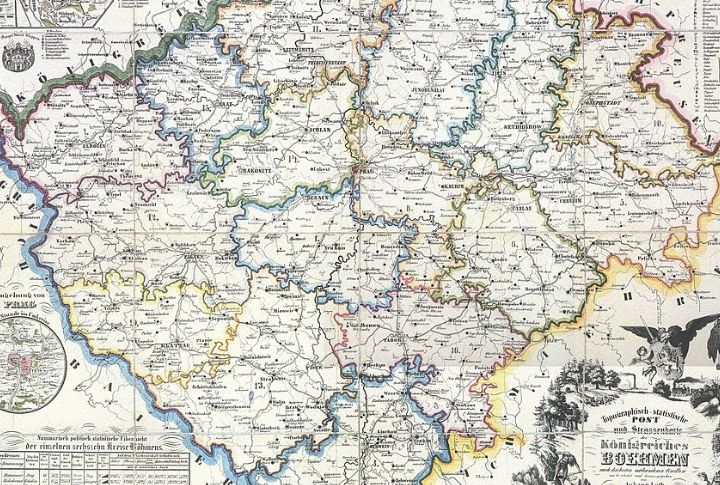
For centuries, Bohemia was a kingdom with a serious pull in European politics. Its kings once wore imperial crowns, and cities boomed with trade. Eventually, it was absorbed into Habsburg territory and then folded into Czechoslovakia. Today, it’s a small region in the Czech Republic.
Tibet
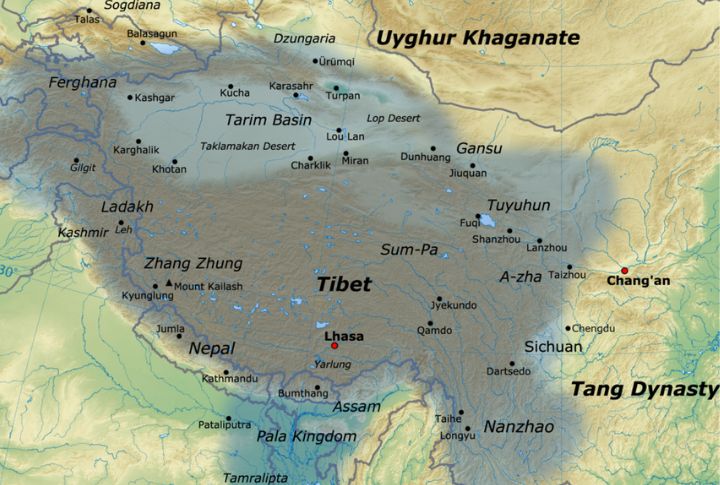
Although Tibet had de facto autonomy under the Qing Dynasty (1644–1912), it was never entirely independent of China. The 1913 Simla Accord, which China disputes, sought to define Tibet’s status but failed to gain international agreement. Officially autonomous now, Tibet still holds its identity close, even as its political status remains a global controversy.
United Arab Republic
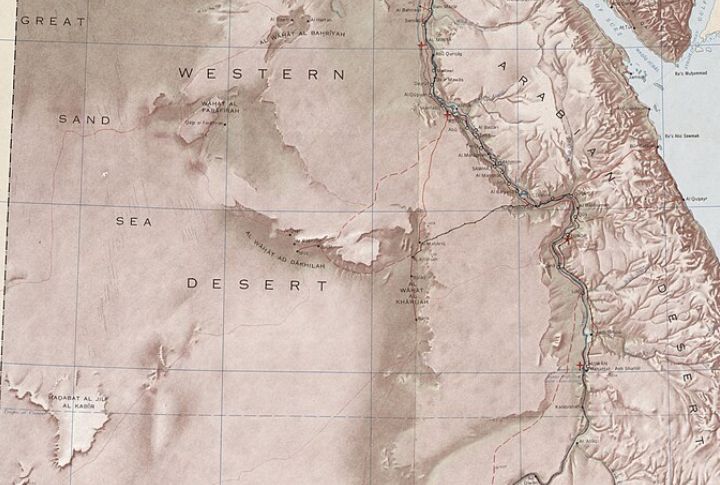
Egypt and Syria teamed up in 1958, hoping to form a united Arab nation. The dream didn’t last. Syria pulled out three years later, frustrated with Cairo’s control. Egypt kept the name until 1971, but the union became more of a symbol that was brief, ambitious, and gone before most noticed.
Zulu Kingdom
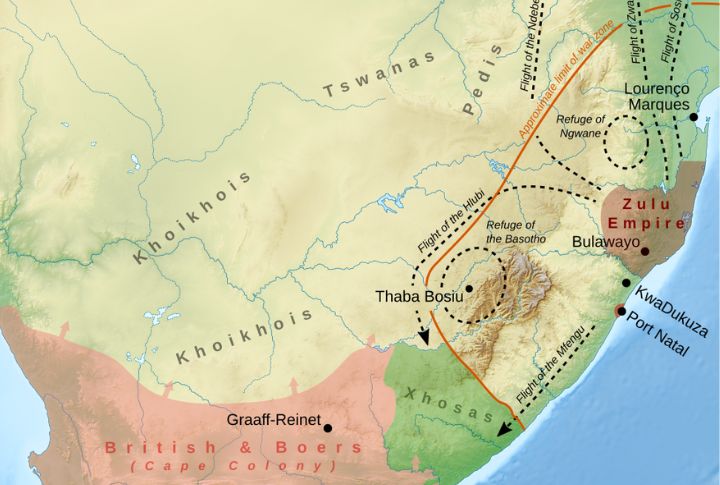
The Zulu Kingdom resisted colonial expansion longer than many. It remained intact until 1887, when it was merged into the Colony of Natal. The monarchy continued to exist symbolically under British supervision, though with limited power. The legacy of this forgotten kingdom lives on in modern South Africa’s politics and culture.
Tannu Tuva

Wedged between Mongolia and Siberia, Tannu Tuva briefly stood on its own from 1921 to 1944. It had a flag and a national orchestra—but only the USSR and Mongolia recognized it. Eventually absorbed into the Soviet Union, today it survives as the Tuva Republic within Russia.
Sikkim
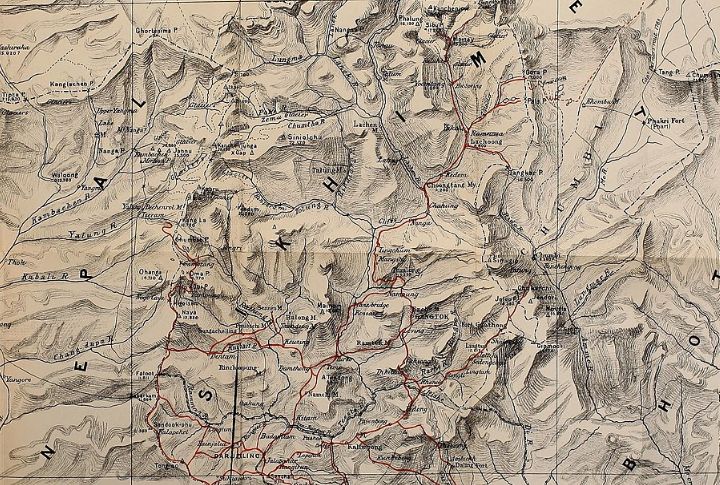
High in the Himalayas, Sikkim spent decades as a monarchy before political pressure and a 1975 referendum folded it into India. Now a full Indian state, Sikkim retains a distinct cultural identity—part Buddhist kingdom, part modern province, still shaped by the royalty and rituals it left behind.
Zanzibar And Tanganyika
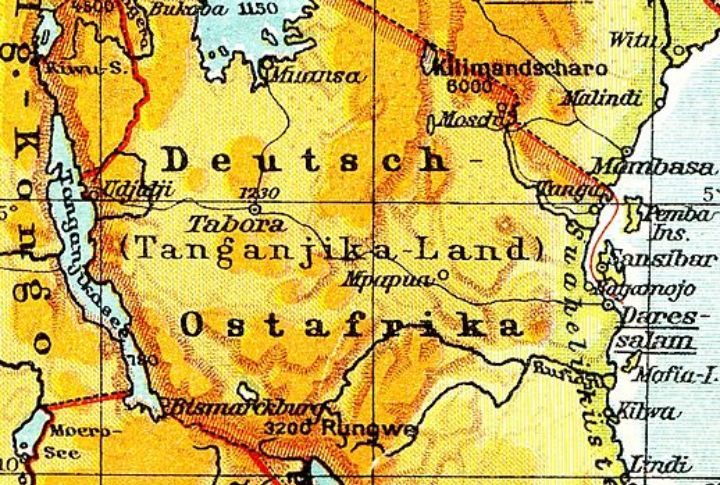
Two newly independent nations—Zanzibar and Tanganyika—merged in 1964 to form Tanzania. It was quite practical. Zanzibar had just overthrown its sultan, and Tanganyika had been free since 1961. They needed stability, so they joined. The name came from both, and the union has held steady for decades since.
Republic Of Venice
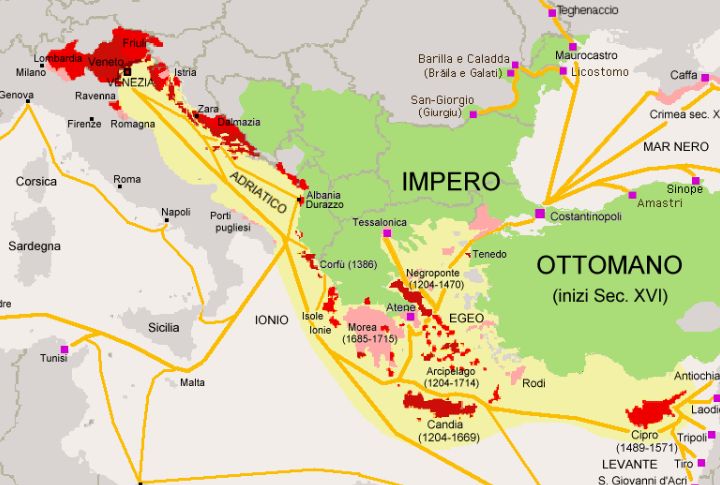
Venice wasn’t always canals and carnival masks. For over a millennium, it ruled trade across the Mediterranean. The Republic of Venice held off invaders with diplomacy, sea power, and gold. But in 1797, Napoleon forced its surrender. The empire fell, though stories still glide quietly along its waterways.
Bengal
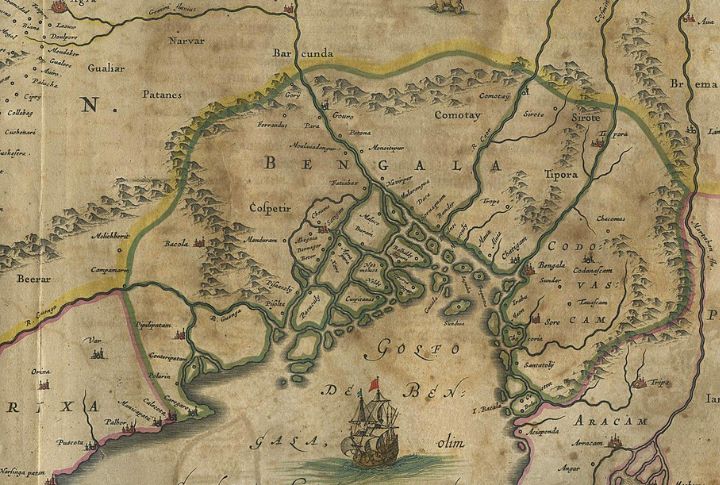
Before the British came, Bengal was a center of trade, art, and wealth. The Bengal Sultanate thrived from the 14th to the 16th centuries, and for a time, it boasted one of the world’s highest standards of living. However, colonization taxed it into decline, and partition carved up what remained.
Hawai’i
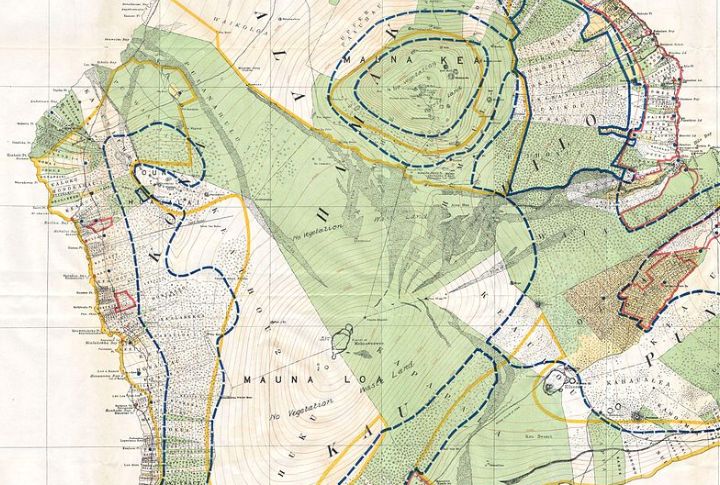
Once ruled by monarchs, the Kingdom of Hawai’i lost its sovereignty in 1893 when American businessmen, backed by U.S. Marines, overthrew Queen Lili’uokalani. Hawai’i was annexed five years later and then became a state in 1959. Its royal past remains fiercely remembered, especially by those still pushing for native rights.

